The Dalai Lama once said “Buddhism changed the whole Tibetan way of life and I believe that our peaceful and compassionate Tibetan society is worth preserving. I am pleased to see that in its work to keep Tibetan culture alive, the Norbulingka Institute is actively contributing to that task.”
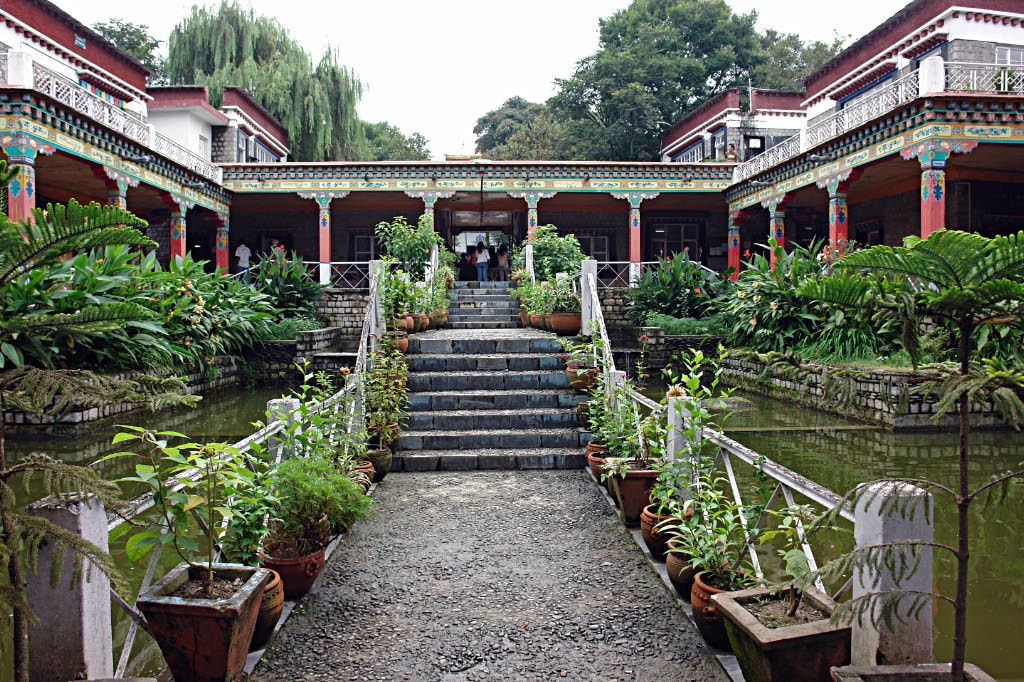
Norbulingka literally means “The Jeweled Park”. Named after the summer residence of Dalai Lamas in Lhasa, Norbulingka institute was set up in 1998 in Sidhpur, Dharamshala by Kelsang and Kim Yeshi. It’s aim was to preserve Tibetan culture and its artistic traditions for the future generations, in order to draw inspiration from Tibet’s’ glorious past.
The Norbulingka institute has come to represent a Tibetan community, comprising of exiles from Tibet and those who were born and raised in India, all of whom have helped keep the traditional and modern Tibetan cultural values retain their vibrant potential. After the Chinese annexation of Tibet in 1959, the Tibetan community had to endure the subsequent years of unrest and hardships which lead to their exile from their motherland. Over the years the Tibetan refugee community has settled down reasonably well in India.
Let’s take a look at some of the measures being employed at the institute to preserve the rich Tibetan heritage:
Traditional Arts at Norbulingka –
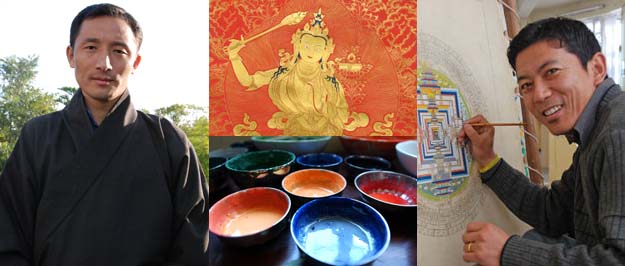
Thangkas paintings – Commissioning a Thangka painting is regarded as a way of generating spiritual merit. These paintings are also used to portray members of a teaching lineage or to depict a spiritual master’s life, often involving scenes of elaborate detail. The training for Thangka paintings at Norbulingka begins with 3 years of foundational drawing. This allows apprentices to perfect their drawing technique and to master the vast array of figures, images and symbols belonging to the Tibetan iconographic tradition. Progression in the training sees the painter painting larger forms to subtle details such as the eyes of the meditational deities and is said to be complete when the artist is able to work with gold.
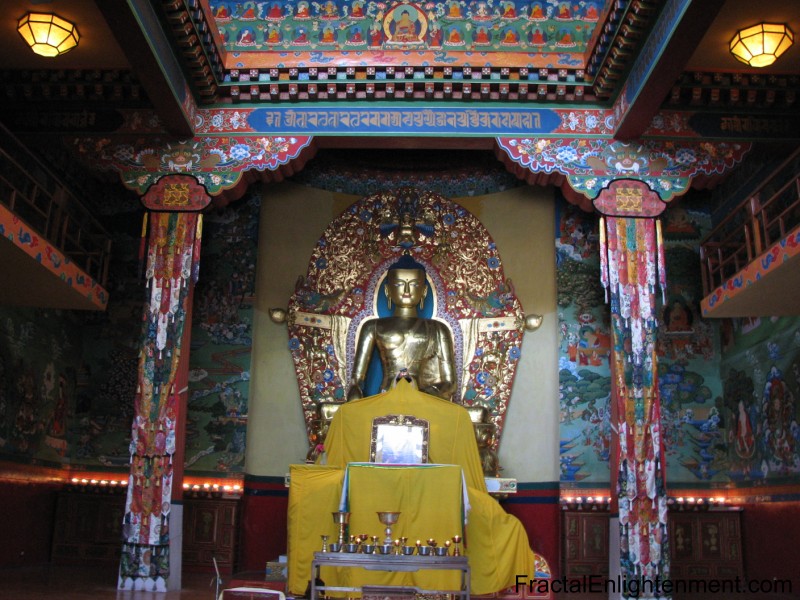
Sculpture – The tradition employed at Norbulingka involves the making of colossal statues, from copper sheets which are gilded before being assembled. This technique allows the artists to incorporate tremendous detail in facial features and rich decoration of garments and ornamental halos. At Norbulingka a sculptor undergoes 12 years of training, with emphasis on two years of drawing. He is required to master the Tibetan art of figures and symbols.

Appliqué Thangka – Appliqué refers to a needlework technique used for the creation of fabric thangkas. They are mostly made of silk, some of them are woven, some embroidered, made by using a technique similar to appliqué, which goes back many centuries in Tibet. The appliqué artists at Norbulingka make silk thangkas which display the highest standards of craftsmanship. Training in this department follows the same 3 year curriculum of drawing similar to thangka painting apprentices.
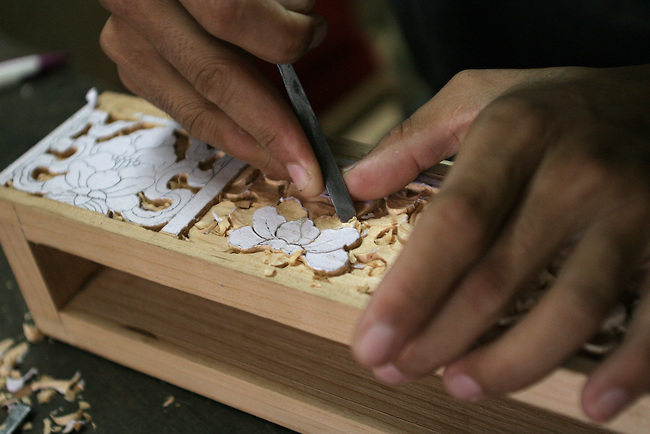
Woodwork – The Tibetan carpenter has traditionally fulfilled the dual role of an architect and an engineer. Apprentices begin by learning to carve the Eight Auspicious Symbols, Seven Jewelled Pairs, and Four Harmonious Brothers. Gradually moving on to carve folding tables decorated with Snow Lions, and then Dragons. Finally, they learn to make the most difficult carved tables decorated with the Long Life symbols, while continuing to learn how to make elaborate religious thrones.

Tibetan Literary and Cultural Research Center –
Started in June 1997, the centre has 17 writers on board who come out with a monthly cultural newspaper (Nor-de). They are also researching and preparing a comprehensive multi-volume encyclopedia on Tibetan culture in Tibetan.
Other Things to see at Norbulingka –
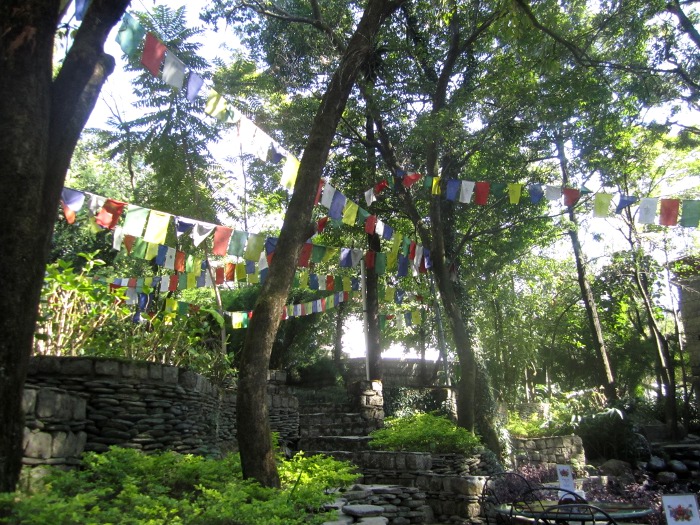
Gardens –
The institute has a Japanese garden created out of the existing rocks, trees, and flowing water. The land around the institute has been terraced, adding to the serenity and tranquility of the place.
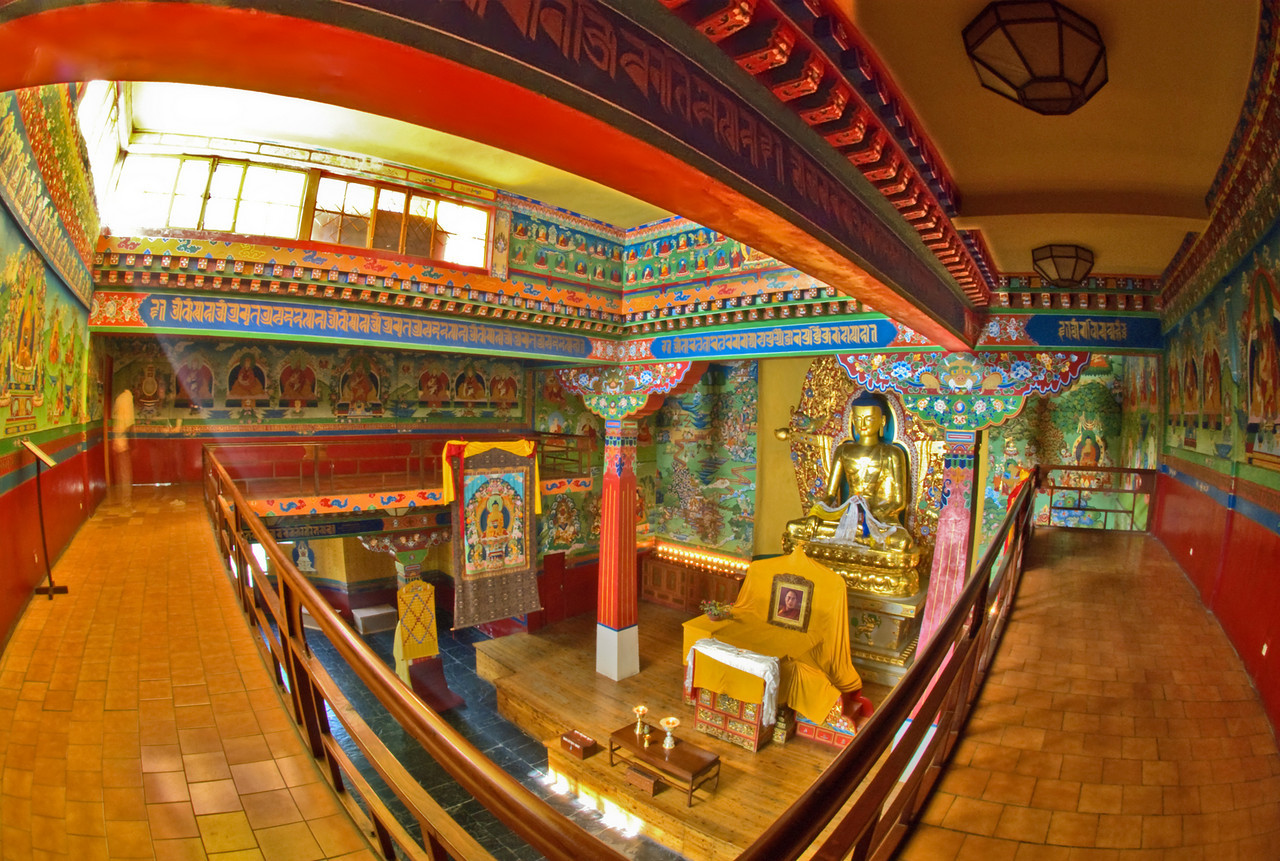
Temple –
A temple is also situated in the institute and is called as the Deden Tsuglagkhang. It is an elegant stone structure with a 14 ft gilded copper statue of the Buddha that was made by the Norbulingka Sculpture Studio. Surrounding it are the elaborate paintings and murals drawn by Thangka Painters.
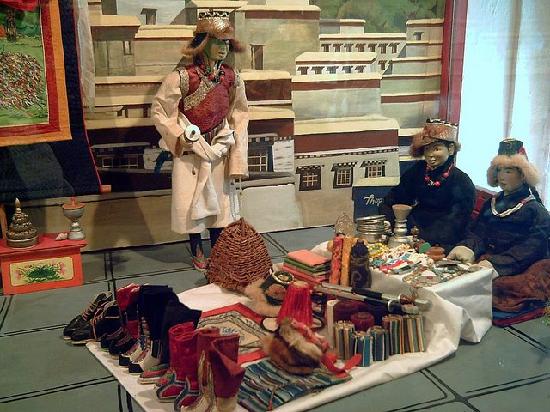
The Doll Museum –
The Losel Doll Museum houses a unique collection of 150 costumed dolls depicting the regional and ascetic costumes of Tibet. These were created by a group of artistic monks from Drepung Loseling Monastery that has been re-established in South India.
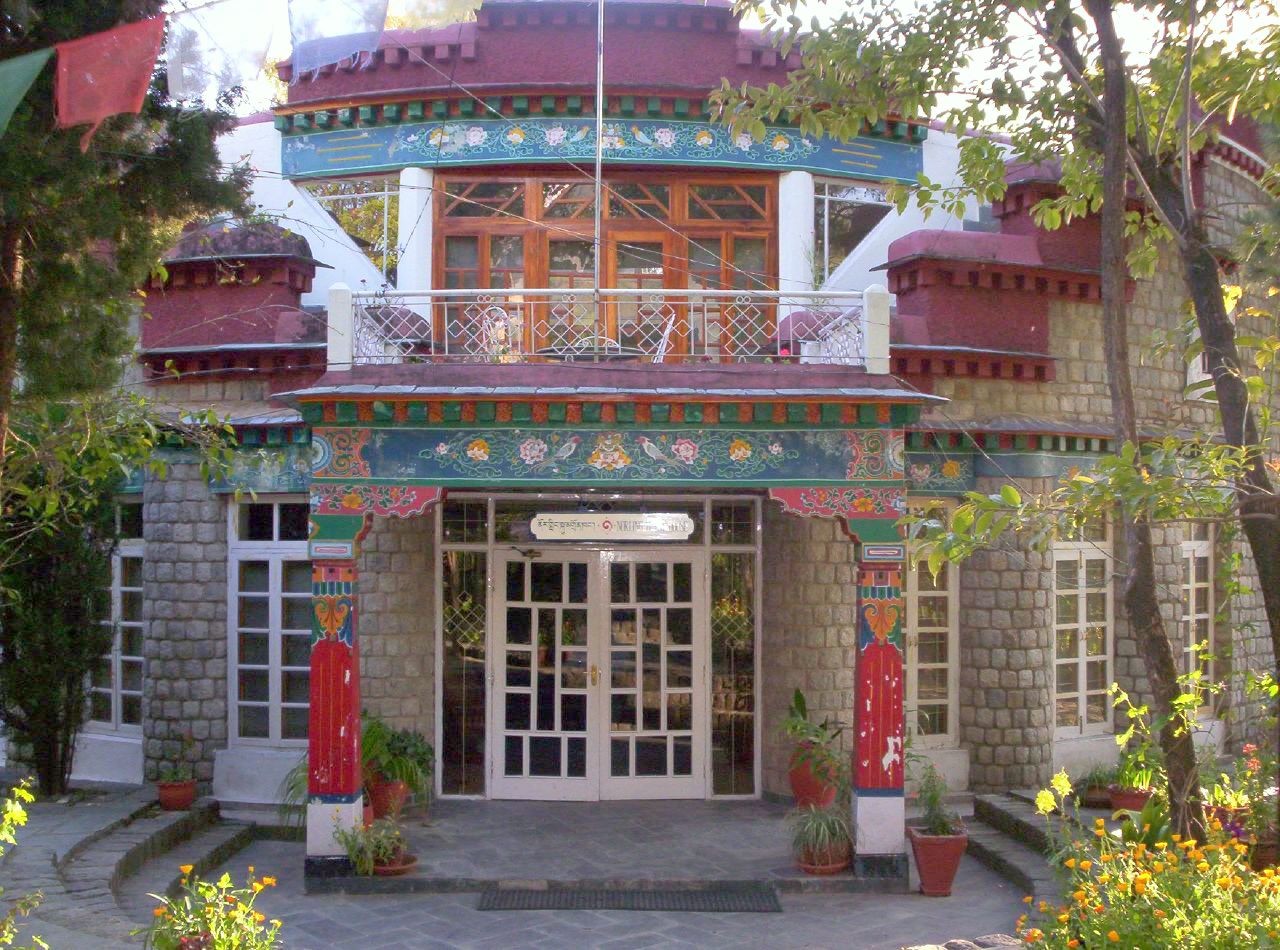
Free guided tours of the institute are available to visitors and workshops are also offered for those wishing to study Tibetan arts. The institute also runs two guesthouses, Norling Guesthouse and Chonor House. Norbulingka produces high quality, traditionally crafted art objects, as well as clothing and home furnishings. All proceeds from all Norbulingka’s projects are utilized to preserve Tibetan culture.
Next time when you plan a trip to Dharamshala, remember to pay a visit to this unique institute. Witness firsthand the gallant efforts of likeminded artists, determined to conserve their rich heritage at any cost.

[…] Image source […]